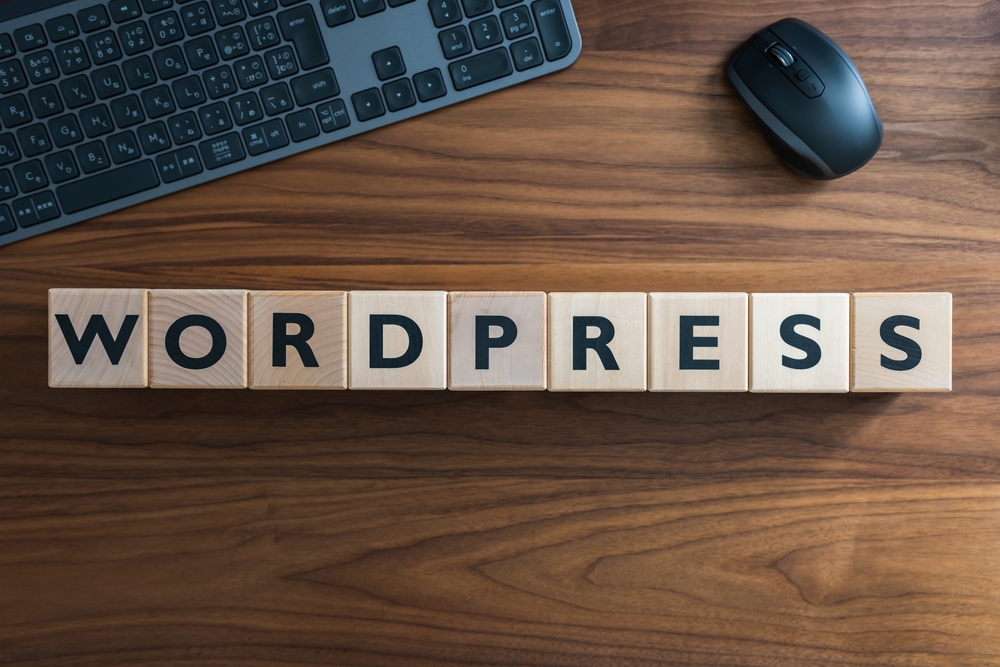
Welcome to our comprehensive guide on mastering WordPress - the most popular content management system (CMS) on the internet. Whether you are a beginner or an experienced user, these proven tips and tricks will help you customize and maintain your WordPress (or WP) website effectively. From design customization to optimizing performance, this article covers it all. Let's dive in!
The Basics of WordPress
If you are new to WordPress, it's helpful to have a basic understanding of its structure and functionality. WordPress (WP) is a CMS that allows you to create, edit, and manage your website's content without any coding knowledge. It offers a user-friendly interface and a wide range of themes and plugins to customize your site.
To get started, you'll need a domain name and a hosting provider that supports WordPress. Once you have both, install WordPress using the one-click installation process provided by your hosting provider. Now you're ready to explore the world of WordPress (the blogging platform) customization!
Customizing Your WordPress Website
One of the key advantages of WordPress is its flexibility in design customization. Here are some essential tips to help you personalize your website:
1. Choosing the Right Theme
A theme determines the overall look and feel of your website. With thousands of free and premium themes available, it's essential to choose the one that aligns with your website's purpose and aesthetic. Look for themes that are regularly updated, mobile-friendly, and compatible with popular plugins.
2. Customizing Your Theme
Once you've selected a theme, you may want to customize it further. WordPress (the platform for bloggers) provides a built-in theme customizer that allows you to modify various elements such as colors, fonts, header, and footer. Additionally, you can use custom CSS to make advanced design changes.
3. Installing Essential Plugins
Plugins extend the functionality of your website. Some essential plugins include Yoast SEO for search engine optimization, WooCommerce for e-commerce, and Akismet for spam protection. Carefully choose and install plugins that enhance your website's performance and align with your goals.
Maintaining Your WordPress Website
Once your website is customized to your liking, it's crucial to regularly maintain and optimize it for performance and security.
1. Updating WordPress, Themes, and Plugins
WordPress constantly releases updates to improve security and fix bugs. It's vital to keep your WordPress core, themes, and plugins up to date. Enable automatic updates or check for updates regularly to ensure your website remains secure and functional.
2. Backing Up Your Website
Backing up your website is a crucial step in case of data loss or a security breach. Use reliable backup plugins to schedule automatic backups of your database and files. Store the backups on a different server or in cloud storage for added security.
3. Optimizing Website Performance
A slow website can negatively impact user experience and search engine rankings. Optimize your website's performance by caching content, compressing images, minimizing CSS and JavaScript files, and using Content Delivery Networks (CDNs) to serve your website faster to visitors around the world.
Frequently Asked Questions
Q1: How can I add new functionality to my WordPress website?
A1: To add new functionality to your WordPress website, you can install plugins that meet your specific needs. The WordPress plugin directory offers thousands of free and premium plugins for various purposes.
Q2: Can I change my WordPress theme without losing content?
A2: Yes, you can safely change your WordPress theme without losing any content. However, it's essential to test your new theme thoroughly and ensure that all content and functionality remain intact after the switch.
Q3: How often should I update WordPress and plugins?
A3: It's recommended to update WordPress, themes, and plugins as soon as new updates become available. Regular updates ensure security patches are implemented and that your website remains compatible with the latest features.
Q4: What are the best practices for search engine optimization (SEO) in WordPress?
A4: Some best practices for SEO in WordPress include installing an SEO plugin like Yoast SEO, optimizing page titles and meta descriptions, using keywords strategically in content, creating an XML sitemap, and improving website loading speed.
Q5: How can I improve the security of my WordPress website?
A5: To improve the security of your WordPress website, make sure to use strong passwords, limit login attempts, enable two-factor authentication, use a secure hosting provider, regularly update your WordPress installation, and use reliable security plugins like Wordfence or Sucuri.
With these tips and tricks, you are well on your way to mastering WordPress. Remember, customization and maintenance are ongoing processes, so always stay curious and keep exploring new techniques to enhance your WordPress website's performance and functionality. Happy WordPress-ing!
Other useful resources
- https://en.wikipedia.org/wiki/Blog
- https://www.wordpress24plus.com/services/wordpress-development/